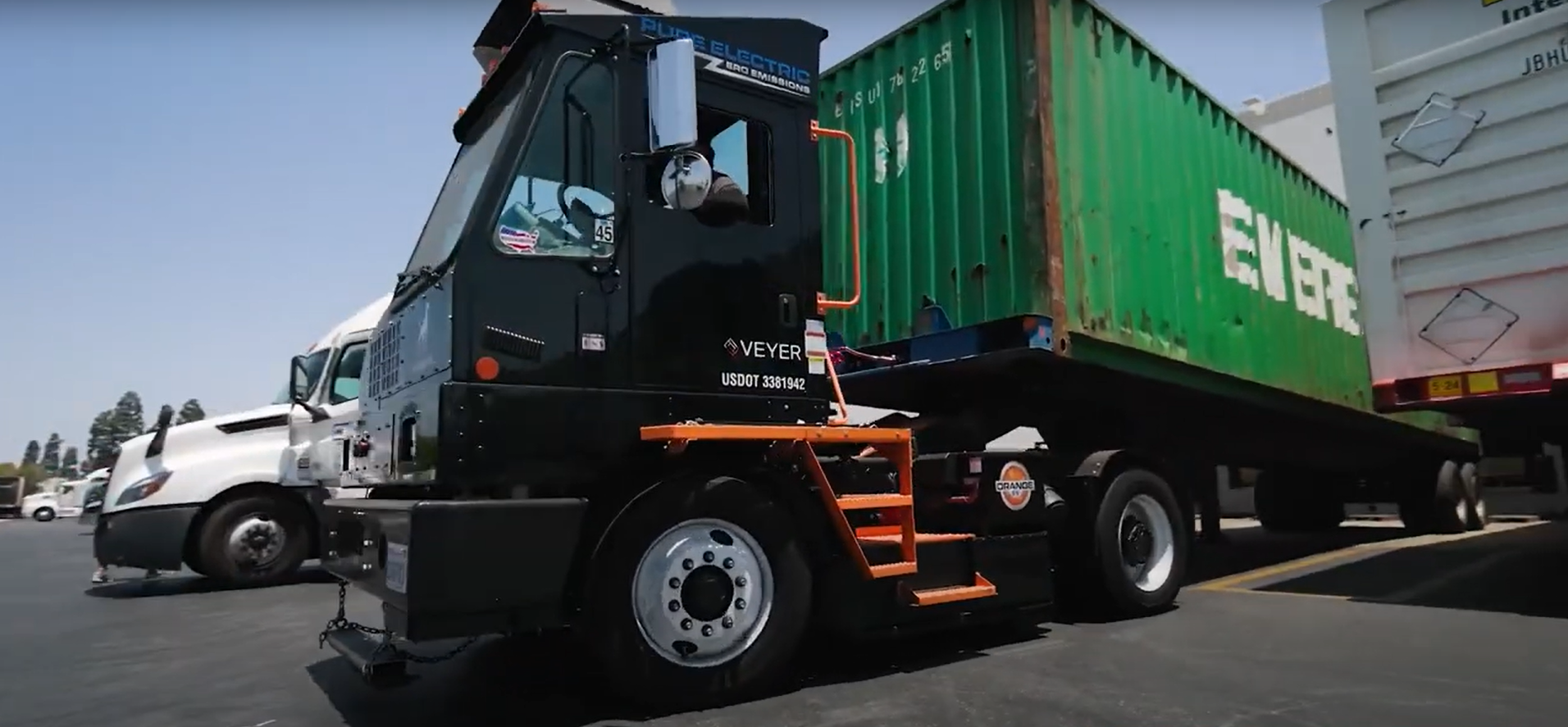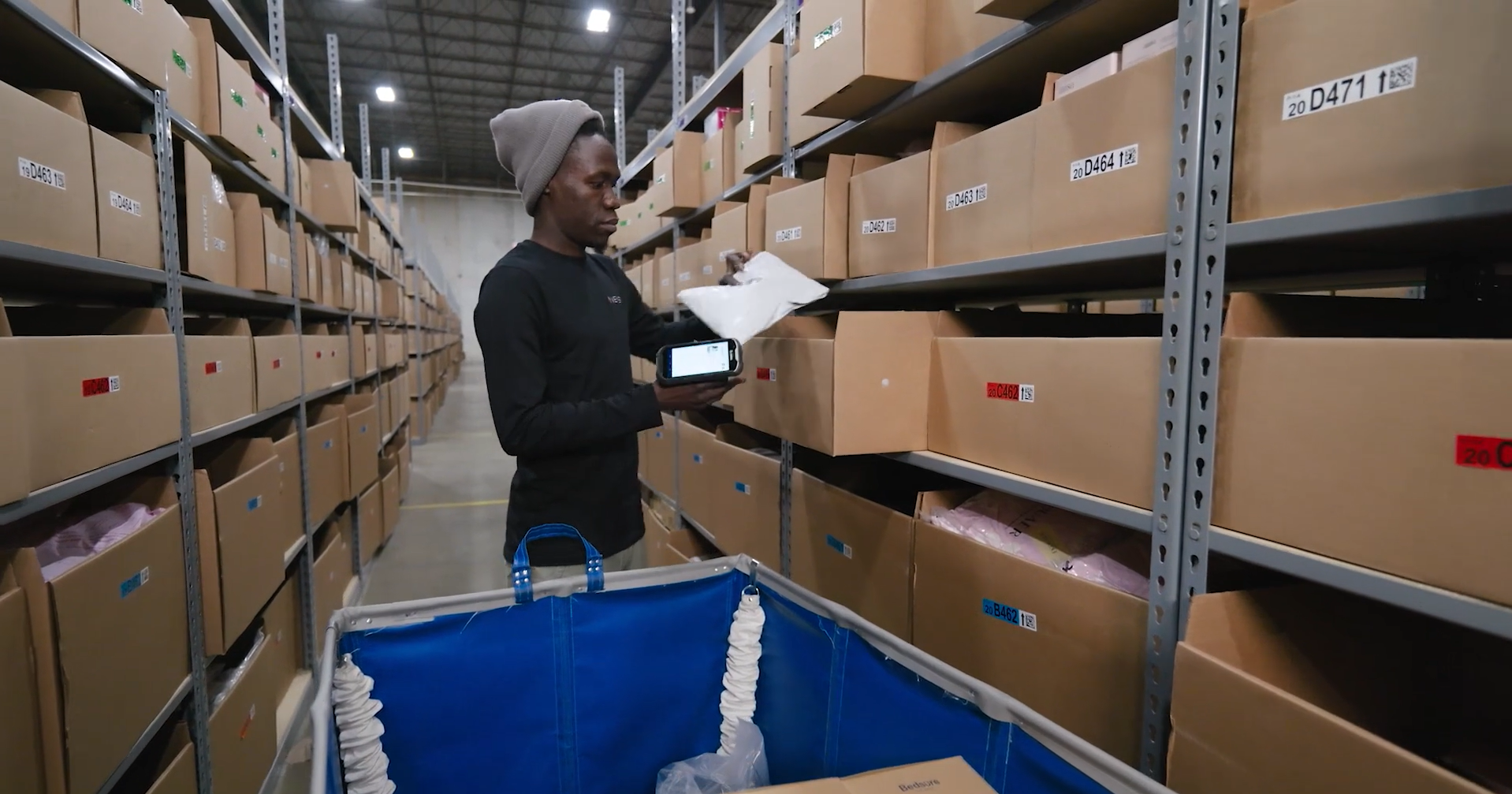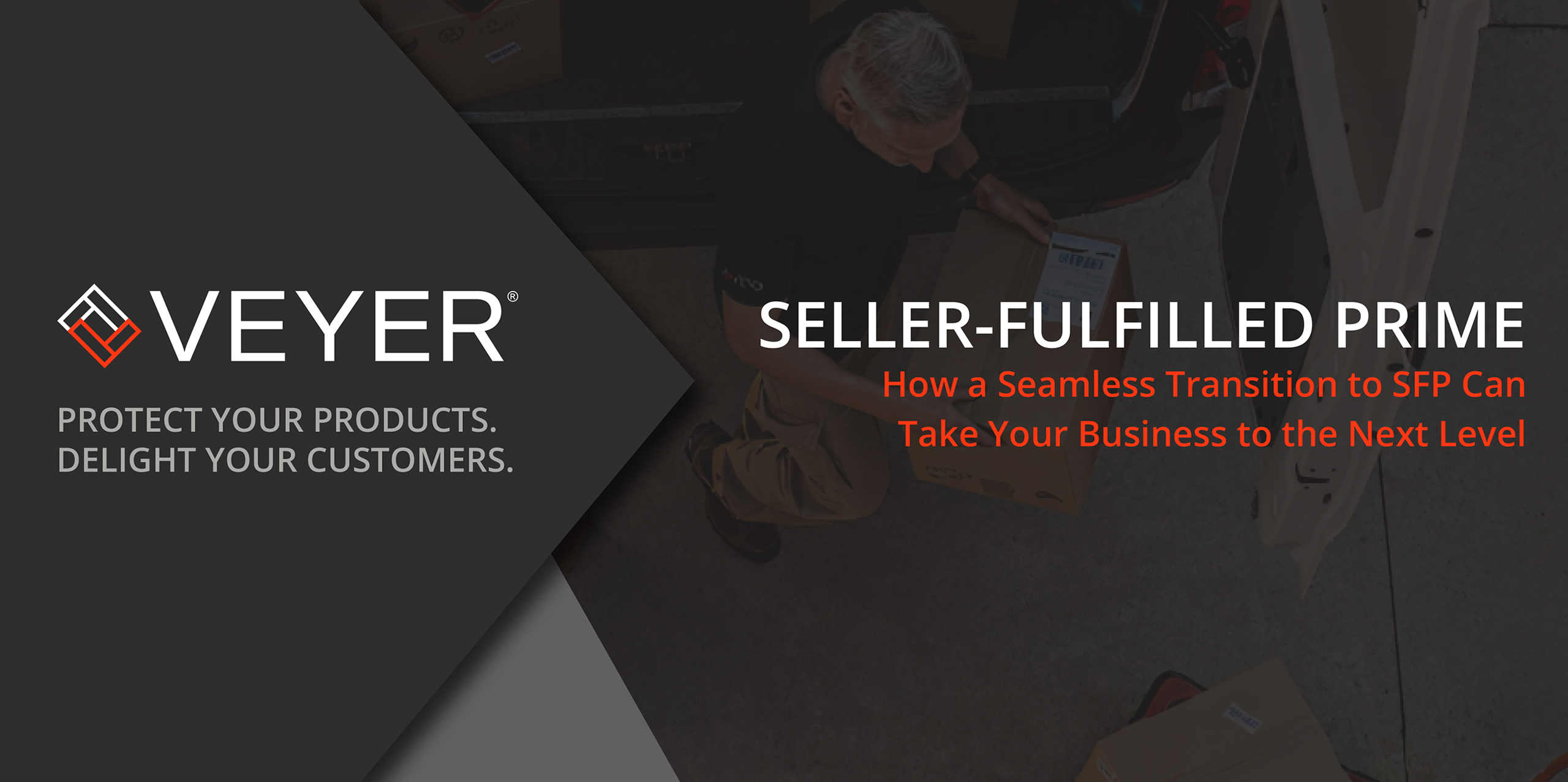
For Amazon sellers, an important business decision is choosing between Fulfillment by Amazon (FBA) and Seller-Fulfilled Prime (SFP). Recent research from Bain & Company ¹ confirms what many experienced sellers already know: this decision is primarily driven by profitability calculations. As Bain notes, “Sellers decide on using SFP primarily on expected profits vs. FBA and FBM.”
But calculating the true profitability difference between these fulfillment methods requires a nuanced understanding of cost structures, product characteristics, and operational considerations. In this comprehensive guide, we’ll provide a framework for making this critical decision and introduce a calculator to help you determine which fulfillment method maximizes your bottom line.
The Economic Decision: FBA vs. SFP
At its core, the FBA vs. SFP decision comes down to a straightforward question: Which method delivers the highest profit margin while maintaining the Prime badge that drives conversion? The answer, however, is rarely one-size-fits-all. It depends on your specific product characteristics, sales velocity, and operational capabilities.
Let’s break down the key cost components of each fulfillment method:
FBA Cost Structure
- Amazon Referral Fee: Percentage of sale price (category-dependent, typically 8-15%)
- Inbound Logistics: Shipping costs to Amazon fulfillment centers
- Storage Fees: Monthly fees based on volume, with seasonal increases
- Long-Term Storage Fees: Additional charges for inventory stored over 6 months
- Fulfillment Fees: Based on size/weight tiers
- Return Processing Fees: Charges for customer returns
- Optional Services: Prep, labeling, removal, disposal fees
SFP Cost Structure
- Amazon Referral Fee: Same as FBA (category-dependent, typically 8-15%)
- Inbound Logistics: Shipping to your warehouse or 3PL
- Storage Fees: Warehouse or 3PL storage rates (typically lower than FBA)
- Fulfillment Fees: 3PL pick, pack, and ship costs
- Shipping Costs: Higher service level required for Prime delivery promises
- Return Processing: Costs to process and restock returns
- Operational Overhead: Systems and staff to manage fulfillment
Product Characteristics That Favor SFP
Bain’s research identifies specific product types that are particularly well-suited for SFP due to disproportionate costs in the FBA model:
1. High-Value Items
Products with high retail prices often face steep FBA fees due to the percentage-based referral fee component. For example:
- A $300 electronics item with a 15% referral fee costs $45 in referral fees alone
- SFP allows you to pay the same referral fee but potentially save significantly on fulfillment costs
2. Large, Heavy, or Bulky Items
FBA’s dimensional weight pricing can make fulfillment costs prohibitive for:
- Oversized products
- Items with unusual dimensions
- Products with low value-to-weight ratios
For these products, SFP often provides substantial savings while maintaining the Prime badge.
3. Slow-Moving Inventory
Products that don’t sell quickly face mounting storage costs in the FBA model:
- Monthly storage fees accumulate
- Long-term storage fees kick in after 6 months
- Inventory limits restrict overall catalog depth
SFP allows for more economical storage of slow-moving items while still offering Prime delivery.
4. Seasonal Products
Items with highly variable demand patterns face particular challenges in FBA:
- Difficulty forecasting inventory needs
- Storage cost spikes during peak seasons
- Inventory restrictions during high-demand periods
SFP provides greater flexibility for seasonal inventory management while maintaining Prime eligibility.
5. Products with Many Variations
Items with multiple size/color/style variations can be costly to maintain in FBA:
- Each variation requires separate inventory
- Slow-moving variations incur storage fees
- Inventory limits restrict the number of variations you can offer
SFP allows for more cost-effective management of extensive product variations.
The Profitability Calculator: A Framework for Decision-Making
To help you make data-driven decisions about FBA vs. SFP, we’ve developed a comprehensive profitability calculator framework. This approach considers all relevant cost factors and product characteristics to determine the optimal fulfillment strategy for each SKU in your catalog.
Step 1: Gather Your Product Data
For each product, collect:
- Dimensions and weight
- Average sale price
- Monthly sales volume
- Return rate
- Storage duration (average time in inventory)
- Seasonal sales patterns
Step 2: Calculate FBA Costs
For each product, calculate:
- Amazon referral fee (% of sale price)
- FBA fulfillment fee (based on size/weight tier)
- Monthly storage costs (volume × storage rate)
- Estimated long-term storage fees
- Inbound shipping to Amazon
- Return processing fees
Step 3: Calculate SFP Costs
For each product, calculate:
- Amazon referral fee (same as FBA)
- 3PL fulfillment costs (pick, pack, ship)
- 3PL storage costs
- Shipping costs (to meet Prime delivery requirements)
- Return processing costs
- Any additional operational overhead
Step 4: Compare Total Costs and Margins
For each product:
- Calculate total FBA cost per unit
- Calculate total SFP cost per unit
- Determine profit margin for each fulfillment method
- Factor in any non-cost considerations (inventory control, branding, etc.)
Real-World Examples: FBA vs. SFP Profitability Analysis
Let’s examine how this calculation plays out for different product types:
Example 1: High-Value Electronics Item
Product: Premium Wireless Headphones
- Sale price: $299.99
- Dimensions: 8″ × 8″ × 4″
- Weight: 2 lbs
- Monthly sales: 200 units
- Return rate: 5%
| FBA Costs Referral fee (8%): $24.00 Fulfillment fee: $5.35 Monthly storage: $0.45 Inbound shipping: $0.75 Return processing: $0.27 Total FBA cost: $30.82 per unit | SFP Costs Referral fee (8%): $24.00 3PL fulfillment: $3.253 PL storage: $0.20 Shipping: $6.50 Return processing: $0.16 Total SFP cost: $34.11 per unit |
Analysis: Despite higher shipping costs, SFP is $3.29 more expensive per unit. For this product, FBA makes more economic sense unless other factors (like inventory control or branding) are priorities.
Example 2: Oversized Home & Garden Product
Product: Patio Furniture Set
- Sale price: $499.99
- Dimensions: 48″ × 36″ × 24″
- Weight: 65 lbs
- Monthly sales: 50 units
- Return rate: 2%
| FBA Costs Referral fee (15%): $75.00 Fulfillment fee (oversized): $38.75 Monthly storage: $9.60 Inbound shipping: $12.50 Return processing: $0.78 Total FBA cost: $136.63 per unit | SFP Costs Referral fee (15%): $75.00 3PL fulfillment: $12.50 3PL storage: $4.25 Shipping: $28.50 Return processing: $0.25Total SFP cost: $120.50 per unit |
Analysis: SFP saves $16.13 per unit, a significant advantage for this oversized item. The savings on fulfillment and storage outweigh the higher shipping costs.
Example 3: Slow-Moving Specialty Item
Product: Specialty Kitchen Appliance
- Sale price: $129.99
- Dimensions: 12″ × 10″ × 8″
- Weight: 5 lbs
- Monthly sales: 10 units
- Average storage time: 4 months
- Return rate: 3%
| FBA Costs Referral fee (8%): $10.40 Fulfillment fee: $6.45 Monthly storage (4 months avg): $2.40 Inbound shipping: $0.85 Return processing: $0.19 Total FBA cost: $20.29 per unit | SFP Costs Referral fee (8%): $10.40 3PL fulfillment: $4.25 3PL storage (4 months avg): $0.80 Shipping: $8.75 Return processing: $0.13 Total SFP cost: $24.33 per unit |
Analysis: Despite the slow-moving nature, FBA is still $4.04 cheaper per unit. However, if storage extends beyond 6 months, long-term storage fees would tip the balance toward SFP.
Category-Specific Profitability Analysis
Bain’s research identifies specific categories with high, medium-high, and medium SFP fit. Let’s examine the profitability dynamics in these categories:
High SFP Fit Categories
1. Patio, Lawn & Garden
- Typically large, bulky items with seasonal demand
- FBA dimensional weight charges often excessive
- Storage costs high during off-season
- SFP advantage: 15-25% cost savings on average
2. Appliances
- Heavy items with high shipping costs
- Often require special handling
- Relatively slow inventory turns
- SFP advantage: 10-20% cost savings on average
3. Musical Instruments
- High-value, fragile items
- Often large or oddly shaped
- Specialized handling requirements
- SFP advantage: 5-15% cost savings on average
Medium-High SFP Fit Categories
1. Electronics
- High-value items with high referral fees
- Mix of fast and slow-moving inventory
- Often requires specialized handling
- SFP advantage: 0-10% cost savings, depending on specific product
2. Tools & Home Improvement
- Often heavy or bulky
- Many slow-moving specialized items
- Diverse product dimensions
- SFP advantage: 5-15% cost savings on average
3. Industrial & Scientific
- Specialized items with low sales velocity
- Often high value with high referral fees
- Frequently oversized or heavy
- SFP advantage: 10-20% cost savings on average
Beyond Direct Costs: Other Factors to Consider
While profitability is the primary driver of the FBA vs. SFP decision, several other factors should influence your calculation:
1. Inventory Control
SFP provides greater control over:
- Inventory allocation across channels
- Stock levels and reorder timing
- Quality control and handling procedures
- Packaging and inserts
2. Multi-Channel Synergy
SFP can create operational efficiencies for sellers who:
- Sell on multiple marketplaces
- Operate their own e-commerce website
- Have brick-and-mortar retail operations
- Need unified inventory across channels
3. Brand Experience
SFP allows for:
- Custom packaging
- Branded inserts and materials
- Personalized customer communications
- Greater control over the unboxing experience
4. Operational Complexity
FBA simplifies operations by:
- Handling storage, picking, packing, and shipping
- Managing customer service and returns
- Providing built-in reporting and tracking
- Requiring less operational infrastructure
VEYER’s Approach to SFP Profitability
At VEYER, we understand that the FBA vs. SFP decision is fundamentally economic. That’s why we’ve developed a comprehensive approach to SFP to help maximize profitability for sellers
1. Category-Specific Expertise
Our specialized knowledge of high and medium-fit SFP categories allows us to:
- Optimize handling procedures for specific product types
- Implement category-specific packaging solutions
- Apply best practices from similar products
2. Strategic Network Utilization
Our nationwide network of ~40 fulfillment centers enables:
- Strategic inventory placement based on customer density
- Reduced shipping costs through proximity to end customers
- Regional fulfillment strategies that maximize Prime badge visibility
3. Weekend Operations Advantage
Our true 6-day operations with weekend pickup provides:
- Consistent Prime badge visibility
- No Monday backlog or processing delays
- Improved delivery speed metrics and glance view performance
4. Technology Integration
Our systems seamlessly integrate with your existing operations:
- Real-time inventory visibility across channels
- Automated order routing and processing
- Detailed analytics for continuous optimization
Conclusion: Making the Right Economic Decision
The FBA vs. SFP decision ultimately comes down to a careful analysis of your specific products, sales patterns, and business priorities. While Bain’s research confirms that profitability is the primary driver of this decision, the calculation is nuanced and product-specific.
For many sellers—particularly those with high-value, oversized, or slow-moving inventory—SFP represents a significant opportunity to maintain the Prime badge while reducing fulfillment costs. The key is partnering with an SFP provider who can deliver the operational excellence required to meet Amazon’s strict performance standards.
By conducting a thorough profitability analysis at the SKU level, you can develop a strategic approach that leverages the strengths of both fulfillment methods—using FBA where it makes economic sense and SFP where it delivers superior margins.
Want to calculate the potential profitability impact of switching to SFP for your product catalog? Contact VEYER today for a free FBA vs. SFP cost analysis and discover how our nationwide network and 6-day operations can maximize your Amazon profitability.
¹ Research conducted by Bain & Company on behalf of VEYER, LLC dated 04/2024.




